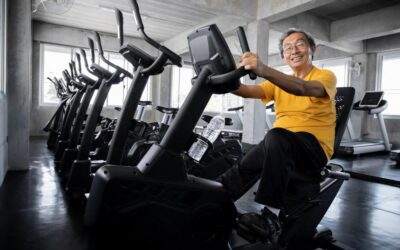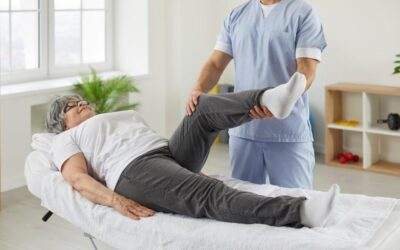Back and neck pain are among the most common medical complaints for both men and women, especially as they get older. Lots of issues can cause painful symptoms, including spine-related problems like spinal stenosis.
Stenosis is a narrowing of your spinal canal, the channel that carries your nerves from your brain to every other part of your body. When the canal narrows, your nerves can become compressed, causing persistent pain and other symptoms that can affect many everyday activities.
At Pacific Pain and Regenerative Medicine, in Irvine and Los Angeles, California, Hasan Badday, MD, offers patient-centered treatment for spinal stenosis, focusing on relieving painful symptoms and preventing those symptoms from getting worse. Here’s how to tell if your back or neck pain might be due to spinal stenosis.
Why spinal stenosis happens
Most spinal stenosis happens as a result of age-related changes in your spine, like:
- Arthritis
- Disc changes and herniated discs
- Bone spurs
- Inflammation
- Thickened ligaments
A few people may be born with a narrow spinal canal (congenital spinal stenosis), and some stenosis symptoms can be caused by tumors or cysts along the spine.
As many as a half million Americans have symptomatic spinal stenosis, and many more men and women may have spinal stenosis in an earlier stage, before symptoms become noticeable. Dr. Badday diagnoses spinal stenosis through a review of your symptoms, a physical exam, and diagnostic testing.
Signs of spinal stenosis
Spinal stenosis is most common in your neck (cervical spine) and your lower back (lumbar spine) — the most flexible areas of your spine, and the two areas subjected to the most wear and tear.
Although the location of your symptoms can vary based on whether stenosis is occurring in your neck or your lower back, most people with spinal stenosis will have at least one of the following five symptoms — and often, more than one.
1. Radiating pain
Spinal stenosis can cause a deep, aching pain in your neck or lower back. Some people report a burning or stinging sensation in the area.
Because stenosis causes nerve compression, you may also experience these symptoms anywhere along the nerve path. Depending on where stenosis is occurring, you may have radiating pain into your buttocks, legs, and feet, or into your shoulders, arms, and fingers.
2. Weakness
Weakness in your legs, feet, arms, or hands can also occur. That’s because the nerves affected by spinal stenosis also play a role in muscle movements. When these nerves are compressed, your muscle activity can be compromised as well.
3. Numbness
Muscle compression in or near your spine interferes with normal nerve signaling, including the nerves responsible for sensation and feeling. That’s why some people with spinal stenosis may experience numbness in their legs, arms, hands, or feet. Numbness can be continuous and persistent or periodic and recurring.
4. Tingling or shock-like pain
Sometimes, compressed nerves cause sharp bursts of pain that are often likened to an electrical shock. Other times, stenosis can cause a persistent tingling or humming sensation in the affected limb.
5. Loss of coordination
Because spinal nerves control movements, in more advanced stenosis, you may notice problems coordinating movements, like walking or writing. Without prompt treatment, the nerve damage and its effects could become permanent.
Your symptoms can change as your condition worsens, or they may intensify after strenuous or prolonged physical activity or a long period of standing. In very severe cases, your bowel or bladder function can be affected.
Some people with lumbar spinal stenosis find their symptoms feel somewhat better if they bend slightly forward when standing or sitting, a position that temporarily widens the space around the spine joints.
Get relief for your chronic pain
As a leading pain management specialist, Dr. Badday is skilled in the latest state-of-the-art techniques to relieve your symptoms and improve your overall quality of life.
If you’re suffering from back pain, call our office most convenient to you today or book an appointment online, and learn how Dr. Badday can help you feel better.









